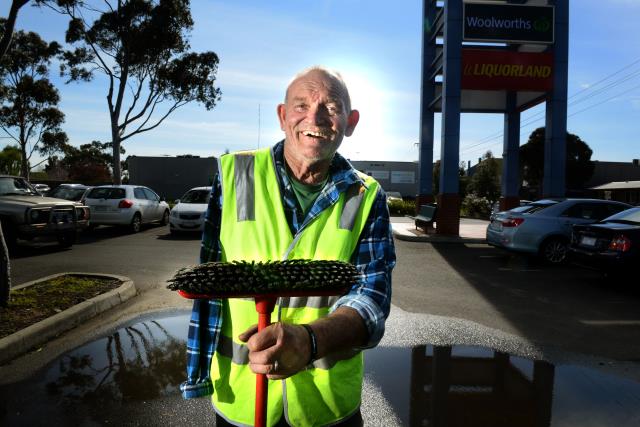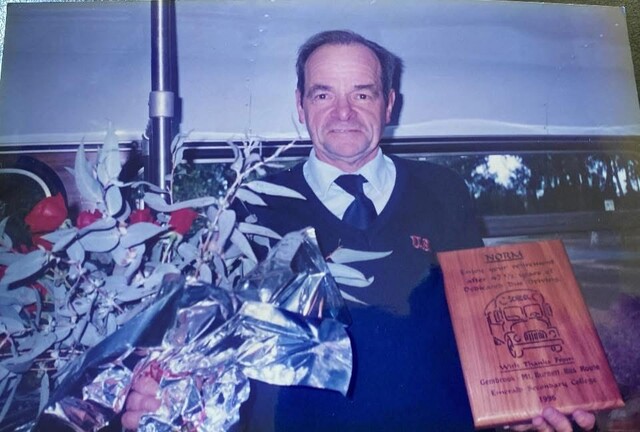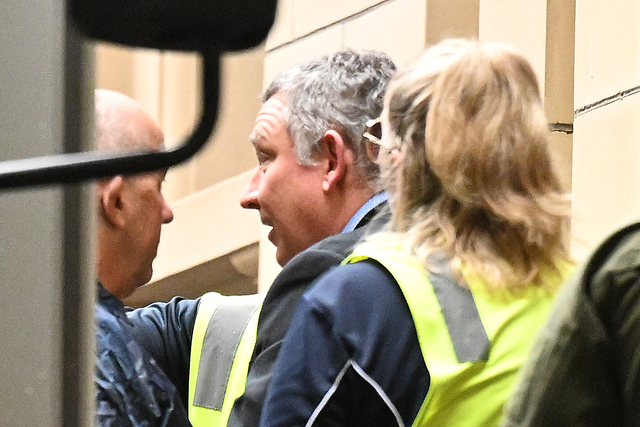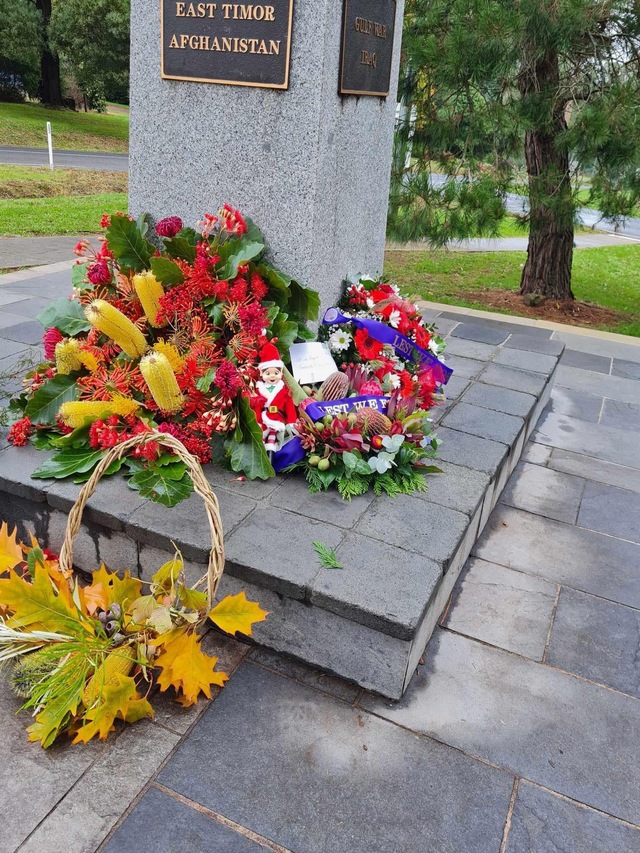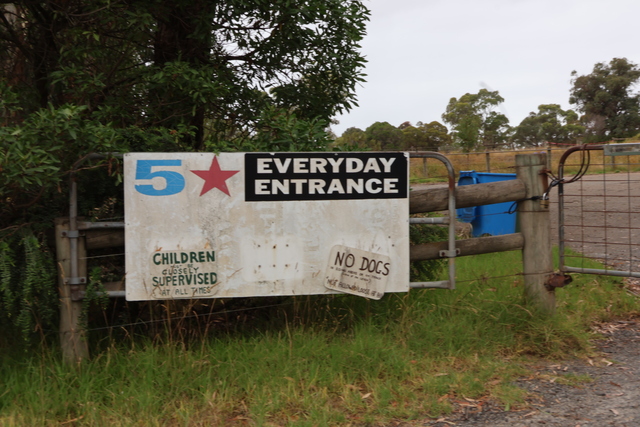Released just last week in Cardinia, the critically endangered Helmeted Honeyeaters are already facing disruptions from intruders.
Despite efforts to keep the reserve location undisclosed to protect the newly released birds, Zoo Victoria has reported that several larger groups entered the area over the weekend to photograph the birds.
Zoo Victoria understands the excitement around the reintroduction of 21 Helmeted Honeyeaters at Cardinia — it’s a powerful step forward for the species. For the first time in almost half a century Helmeted Honeyeaters have returned to Cardinia, where they haven’t been seen since the devastating Ash Wednesday bushfires in 1983.
However, increased human activity in the area could unintentionally disrupt this sensitive early stage and the newly established population.
To successfully establish themselves, these birds need quiet, undisturbed habitats. Giving them space now greatly improves their chances of thriving in the long term.
Zoos Victoria Helmeted Honeyeater Field Officer Dr Nick Bradsworth said “these birds require frequent feeding of high energy food. We don’t want to disturb their access to this during this critical establishment phase.”
Ian Chisholm, a committee member of the Cardinia Environment Coalition (CEC), has long supported the return of the Honeyeaters to the region and was thrilled to witness the release last week.
“I can understand why people want to see such attractive and rare birds, but I hope they will give thought to why they are so rare,” he said.
“The Shire of Cardinia is a very suitable location for a third colony, but only 21 birds were available for release at our site; we cannot afford to lose any of them.
“Zoos Victoria and the He Ho Recovery Committee have allocated considerable resources to securing a future for this critically- endangered species , yet I’m told there are now fewer than 300 birds surviving in the wild. We originally expected some wild birds would be translocated to our area, but the birds released this month have all been bred in captivity.”
The CEC knows first-hand the risks and consequences when both human interference or predators threats jeopardize the survival of the birds.
“Attempts were made some years ago to establish a colony in the Bunyip State Park, but we believe there are no survivors. We know of one case where nesting birds were affected by the behavior of unwelcome visitors,” Ian said.
“A second colony is being established in the Upper Yarra area, but numbers have not increased as expected. The birds often nest in low shrubs and are subject to predation by rats and tiger snakes.
“The captive breeding program at Healesville can sometimes experience unexpected disappointments; with fewer than 50 birds at the Sanctuary, a successful 2025 Spring breeding season will be essential if numbers at the 3 colonies need to be boosted.”
In response to the growing concern over public intrusions, CEC plans to host a public meeting at Deep Creek Reserve, to discuss the Shire of Cardinia translocation project and gather feedback from the Recovery Community.


